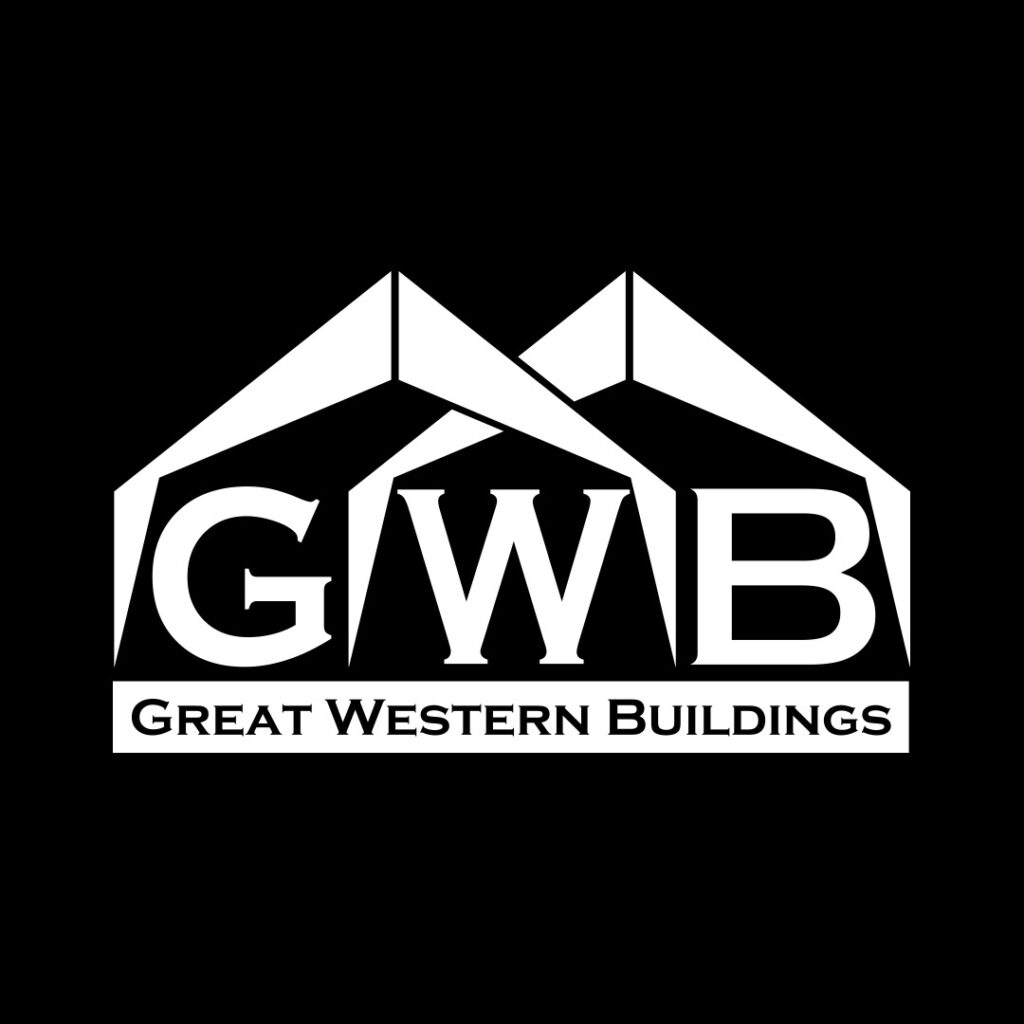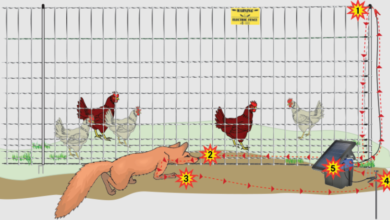Great Western Buildings Lawsuit: A Comprehensive Overview
The Great Western Buildings lawsuit represents a landmark legal battle in the realm of real estate and construction law. This case has garnered significant attention due to its implications on building practices, safety standards, and legal responsibilities within the construction industry. In this comprehensive overview, we delve into the intricate details of the lawsuit, examining its origins, the legal arguments presented by both sides, the impact on stakeholders, and its broader implications on the industry and legal standards.

Background of Great Western Buildings
Great Western Buildings Lawsuit , a prominent construction firm, has been a major player in the real estate sector for decades. Known for their high-rise buildings and commercial complexes, the company has established a reputation for innovative designs and substantial contributions to urban skylines. However, like many large corporations, Great Western Buildings has faced its share of controversies, the most notable being the lawsuit in question.
The Spark of Legal Battle
The lawsuit originated from a series of incidents and complaints concerning the safety and construction standards of buildings erected by the Great Western Buildings lawsuit . Allegations ranged from the use of substandard materials to negligence in adhering to safety protocols. The trigger point was a catastrophic incident involving one of their buildings, resulting in significant property damage and personal injuries. This incident not only caused immediate harm and distress to the occupants but also raised serious questions about the safety and integrity of structures built by the company.
The Plaintiffs’ Standpoint
The plaintiffs in this case comprised a diverse group, including individual residents, businesses affected by the building’s failure, and regulatory bodies. Their primary argument hinged on the assertion that Great Western Buildings had consistently ignored safety standards and building codes, leading to hazardous living and working conditions. They presented evidence of corner-cutting in construction materials and practices, alongside expert testimony highlighting the risks associated with such negligence.
Defense by Great Western Buildings
In response, Great Western Buildings mounted a robust defense. They argued that all construction projects were in compliance with existing building codes and regulations at the time of construction. The company also pointed to external factors, such as unusual environmental stresses, that contributed to the incident. Furthermore, they emphasized their history of successful projects and their contribution to the community’s infrastructure as evidence of their commitment to quality and safety.
Judgment and Its Basis
After a lengthy legal battle, the court found Great Western Buildings liable on several counts, including negligence and breach of contract. The judgment was based on compelling evidence that the company had, indeed, compromised on safety standards in pursuit of cost-cutting and expedited construction timelines. This verdict resulted in substantial financial penalties for the company and mandated corrective measures in their construction practices.
Impact on Great Western Buildings and Stakeholders
The financial repercussions for Great Western Buildings were severe, including hefty fines and compensation payouts. The lawsuit also tarnished the company’s reputation, leading to a loss of trust among investors and clients. For the plaintiffs, however, the judgment provided a sense of justice and reassurance that such negligence would not go unpunished. It also ensured that the victims received appropriate compensation for their losses and suffering.
Broader Industry Impact
This lawsuit had a ripple effect across the construction industry. It highlighted the need for stricter adherence to safety standards and the potential consequences of negligence. Many companies in the sector revisited their practices, bolstering compliance to prevent similar incidents. Additionally, the case prompted regulatory bodies to scrutinize existing building codes and consider revisions to ensure higher safety standards.
Reinforcing Safety and Ethical Standards
One of the key takeaways from the Great Western Buildings lawsuit is the paramount importance of safety and ethical standards in construction. This case serves as a cautionary tale for companies tempted to cut corners, emphasizing that the cost of negligence far outweighs any short-term gains. It also underscores the need for continuous monitoring and updating of safety standards to keep pace with evolving construction technologies and materials.
Legal Precedents and Regulatory Changes
The legal precedents set by this case have significant implications for future litigation in the construction industry. It has established a firmer ground for holding companies accountable for safety lapses and has clarified the extent of liability in cases of construction failures. Furthermore, this lawsuit has acted as a catalyst for regulatory changes, prompting authorities to implement more stringent oversight and enforcement mechanisms.
The Way Forward for Great Western Buildings
For Great Western Buildings, the path forward involves rebuilding trust with stakeholders and the public. This necessitates a thorough overhaul of their practices, prioritizing safety and quality over expediency and cost-saving measures. The company must also engage in transparent communication and collaborate with regulatory bodies to regain its standing in the industry.
Industry-Wide Implications and Adaptations
The Great Western Buildings lawsuit serves as a wake-up call for the entire construction industry. Companies are now more aware of the legal and ethical implications of their practices. This has led to a shift towards more responsible and sustainable building practices, with an increased focus on long-term safety and reliability over short-term gains.
Conclusion
The Great Western Buildings lawsuit is a pivotal case in the realm of construction law, offering profound lessons in corporate responsibility, safety standards, and legal accountability. It not only brought justice to those affected by the company’s negligence but also set new benchmarks for the construction industry as a whole. As the industry continues to evolve, the lessons from this lawsuit will remain a guiding beacon, ensuring that safety and integrity are never compromised in the pursuit of progress and innovation.




